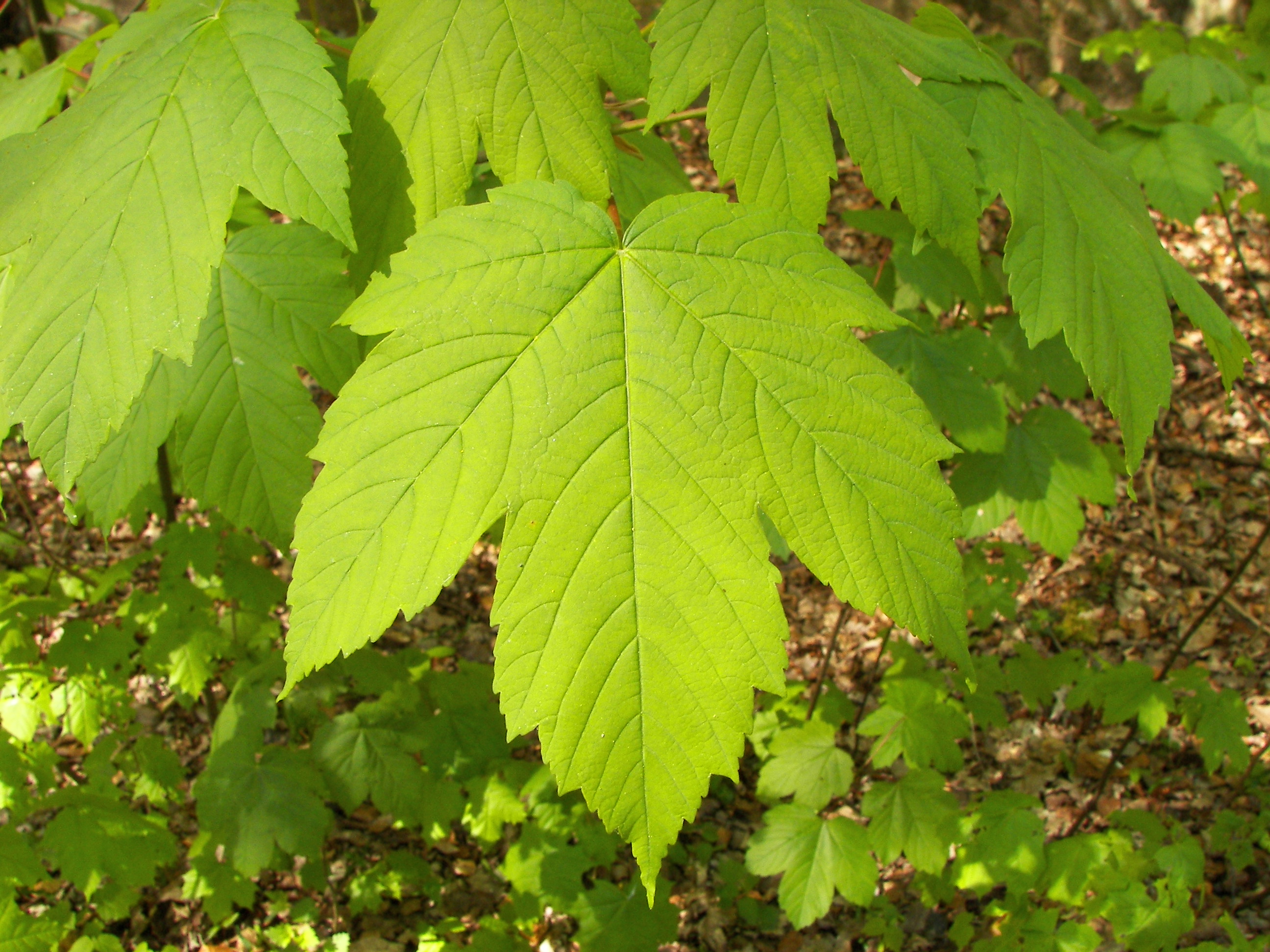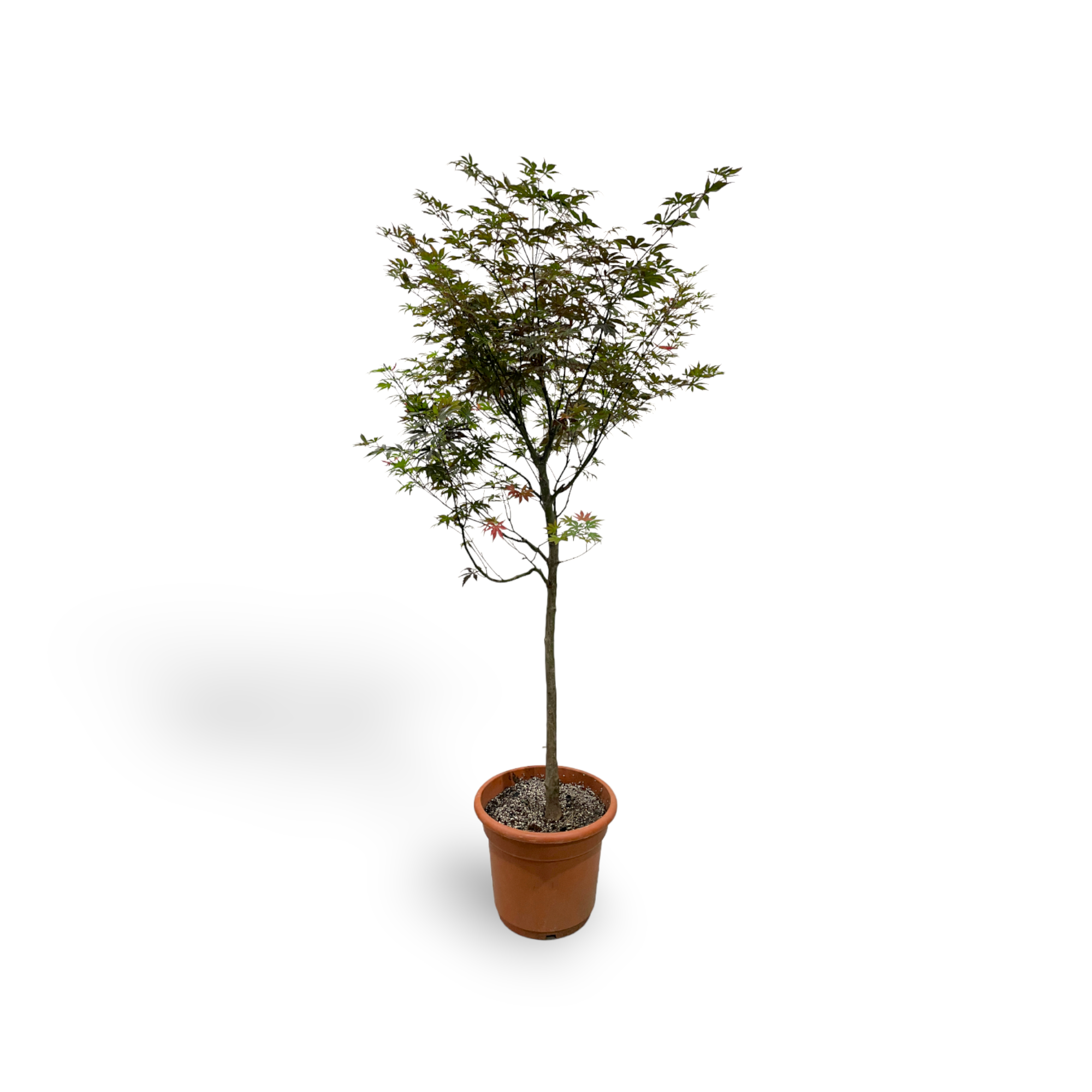A Symphony of Nature: The Maple Tree
The maple tree, a symbol of resilience, beauty, and the changing seasons, has captivated the human imagination for centuries. With its distinctive leaves, vibrant autumn foliage, and sweet sap, the maple tree has played a significant role in various cultures and industries.
The Genus Acer: A Diverse Family
The maple tree belongs to the genus Acer, which encompasses over 100 species. These trees are native to various regions of the Northern Hemisphere, including North America, Europe, and Asia. The genus Acer is characterized by its deciduous habit, meaning it sheds its leaves annually, and its distinctive palmate leaves, which are shaped like the fingers of a hand.

Iconic Species: Sugar, Red, and Silver Maples
Among the most recognizable maple species are the sugar maple (Acer saccharum), the red maple (Acer rubrum), and the silver maple (Acer saccharinum).
Sugar Maple: Renowned for its sweet sap, which is used to produce maple syrup, the sugar maple is a towering tree with smooth, gray bark and five-lobed leaves. It is a key species in the deciduous forests of eastern North America.
The Beauty of Autumn Foliage

One of the most captivating aspects of the maple tree is its stunning autumn foliage. As temperatures cool and daylight hours shorten, the chlorophyll that gives leaves their green color breaks down, revealing underlying pigments such as carotenoids and anthocyanins. These pigments create a breathtaking display of yellows, oranges, reds, and purples.
The Role of Maples in Ecosystems
Maple trees play a vital role in ecosystems. They provide food and shelter for a variety of wildlife, including birds, squirrels, and deer. Their deep roots help to stabilize the soil and prevent erosion. In addition, maple forests play a crucial role in carbon sequestration, absorbing carbon dioxide from the atmosphere and helping to mitigate climate change.
Cultural Significance of Maple Trees

Maple trees have cultural significance in many societies. In Canada, the maple leaf is a national symbol, representing the country’s heritage and identity. In Japan, maple trees are revered for their beauty and are often featured in traditional gardens and art.
The Maple Tree in Industry
Maple trees have also played a significant role in industry. In addition to maple syrup, maple wood is used for a variety of purposes, including furniture, flooring, and musical instruments. Maple bark is used to make tannins for leather tanning.
Threats to Maple Trees
Despite their resilience, maple trees face a number of threats, including climate change, invasive species, and diseases. Climate change is altering the timing of leaf emergence and fall color, and it is also increasing the frequency and severity of droughts and storms. Invasive species such as the emerald ash borer and Asian longhorned beetle pose a serious threat to maple trees. Diseases such as anthracnose and canker can also weaken or kill maple trees.
Conservation Efforts
To protect maple trees and their ecosystems, conservation efforts are underway. These efforts include planting native trees, protecting forests from development, and managing invasive species. In addition, researchers are studying the impacts of climate change on maple trees and developing strategies to help them adapt to changing conditions.
Conclusion
The maple tree is a remarkable species that has captivated the human imagination for centuries. Its beauty, resilience, and ecological importance make it an invaluable part of our natural world. By understanding the significance of maple trees and taking steps to protect them, we can ensure that future generations can continue to enjoy the benefits of these magnificent trees.

:max_bytes(150000):strip_icc()/how-to-grow-coleus-1402921-02-6ca494adf94f4a5887c94256a24ebf33.jpg?w=200&resize=200,112&ssl=1)



:max_bytes(150000):strip_icc()/hoya-plants-1315763-hero-fe8b10a522eb4d7e9ada8abbc303fbc5.jpg?w=200&resize=200,112&ssl=1)